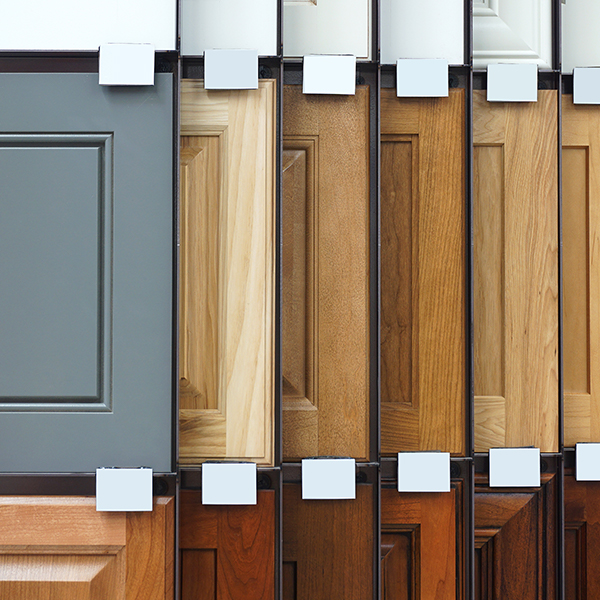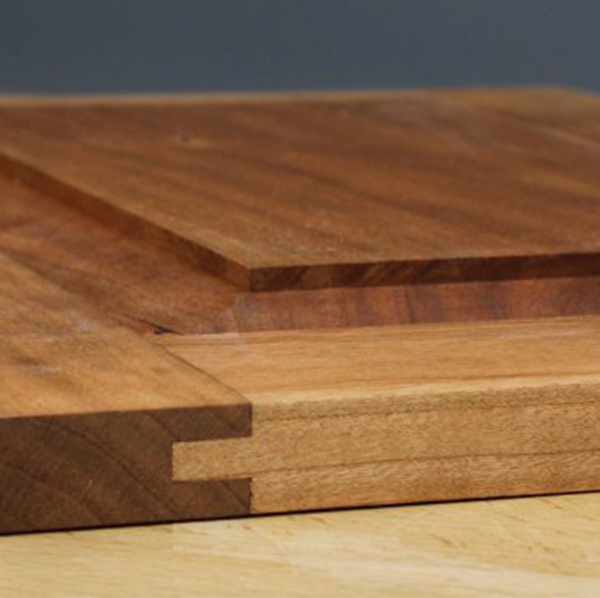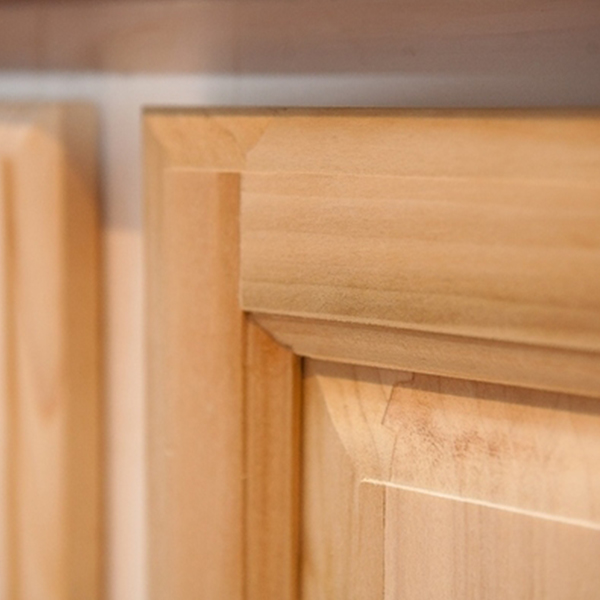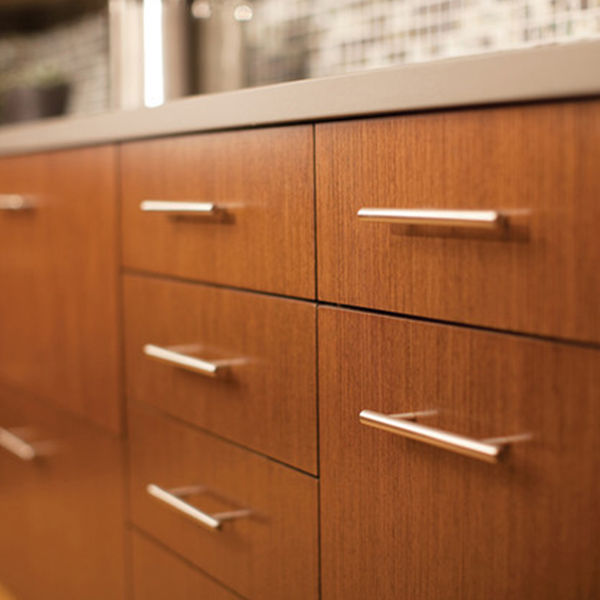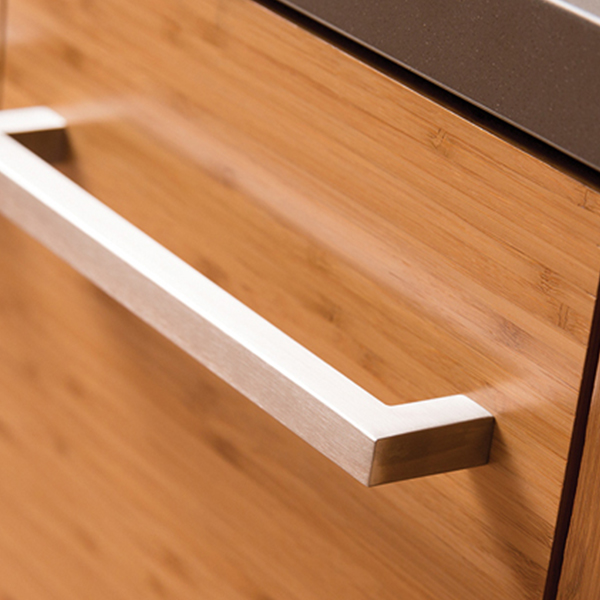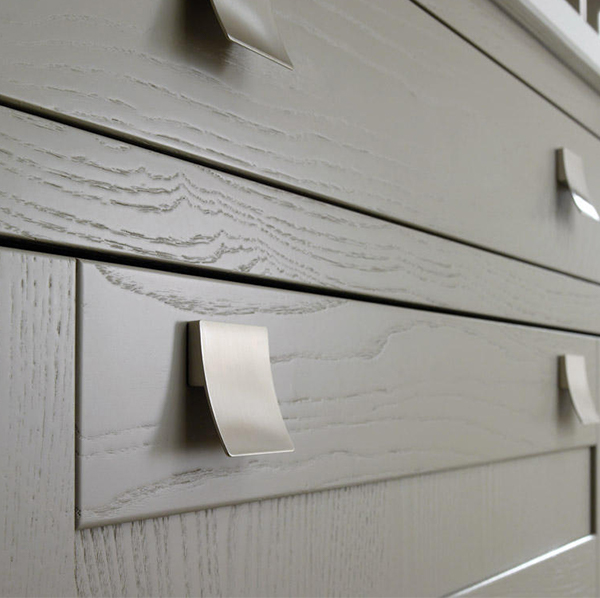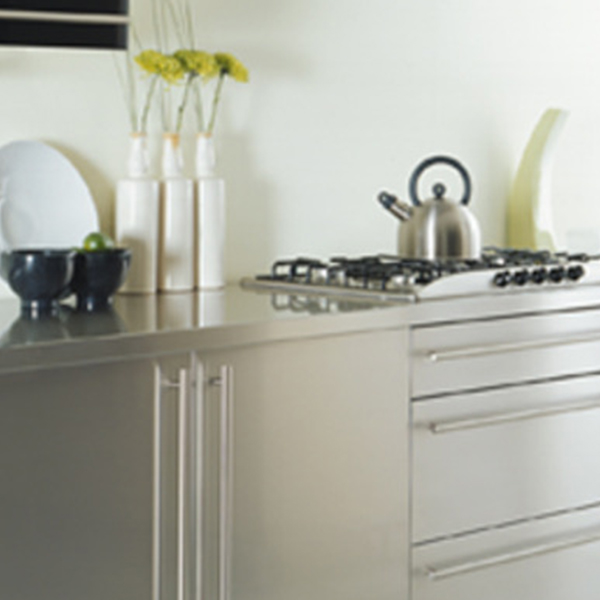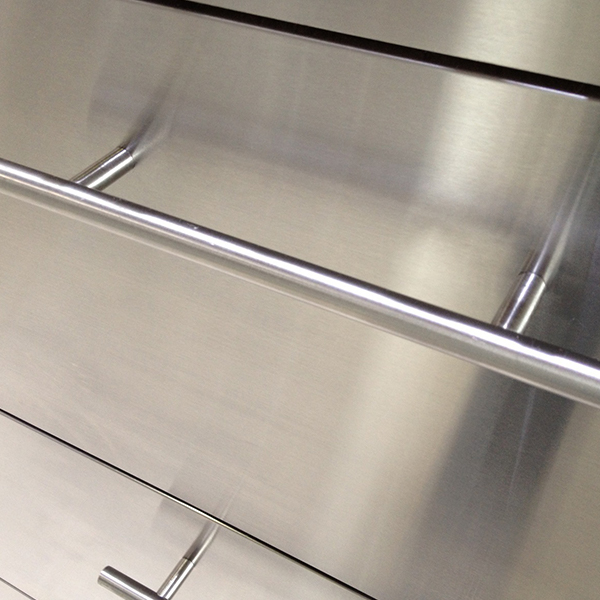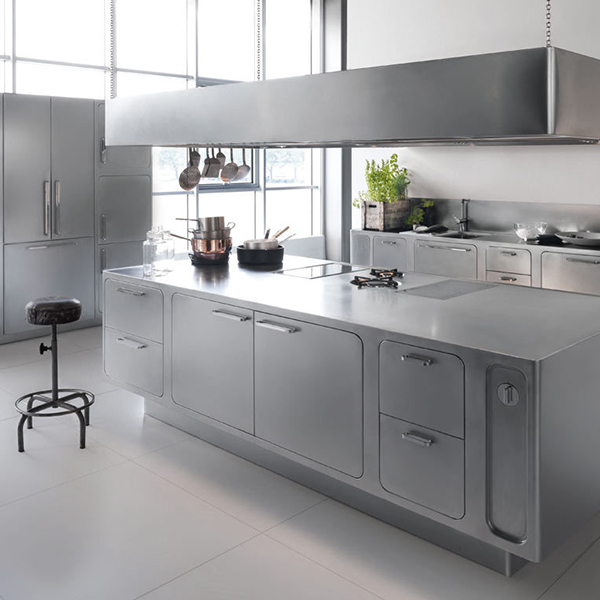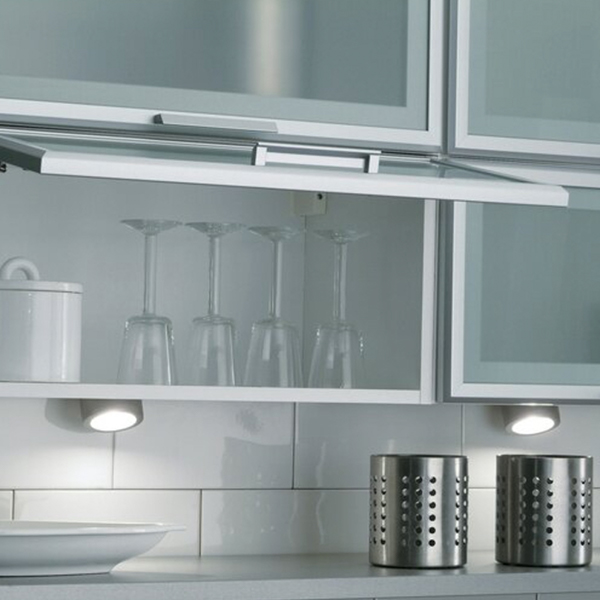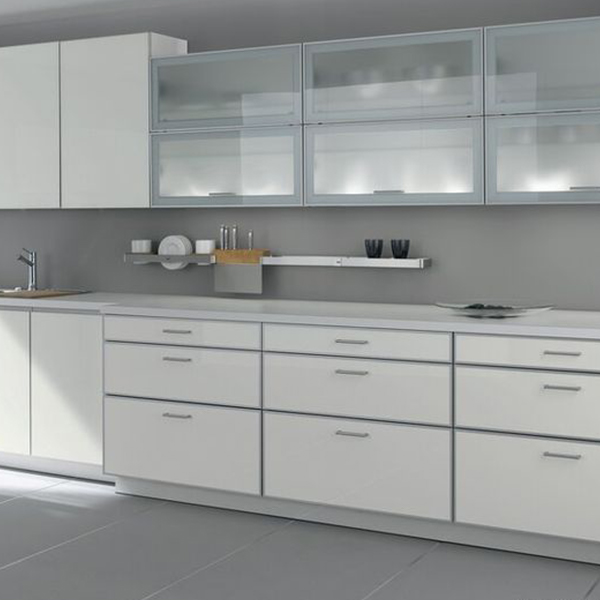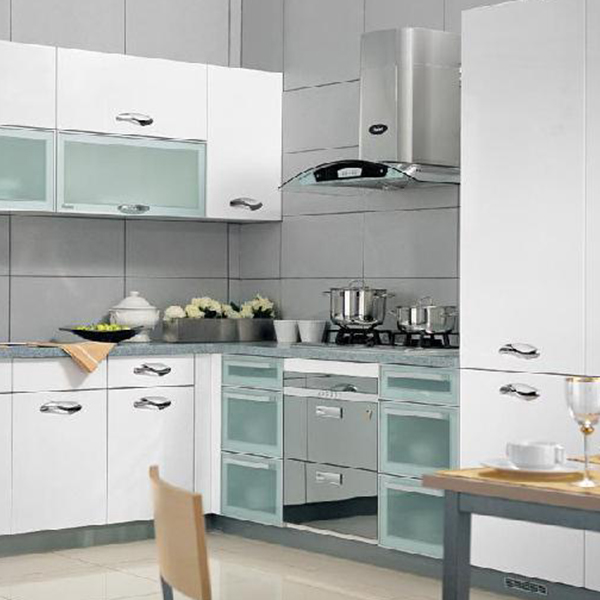Doors
Over time if something is going to go wrong with your kitchen, it's probably going to go wrong with the doors as opposed to the cabinets due to the amount of wear and tear they endure. So it’s worth spending a little time doing some research before committing to your final choice. Many kitchen retailers offer ranges that seemingly look very similar, so it can be confusing when trying to get quotes to understand why there can be such a big difference in price between ranges that look almost identical. The materials used for the doors and the complexity involved in both production and application has an impact on quality and hence final price.
Solid Wood
There is no doubt that kitchen doors made of solid wood are the best luxury you can get. Solid timber can be sprayed, painted or stained to the colour you desire or simply varnished or lacquered. The main benefit of solid wood is its durability and the higher quality finish but understandably solid wood doors are more expensive. Oak, cherry, birch and walnut are popular woods that provide both a warm and natural look in the kitchen. Whilst susceptible to the odd scratch, finger prints don’t generally tend to show. Solid wood looks equally fantastic in both traditional and contemporary style kitchens providing an authentic finish, knots and all.
Engineered Wood
Engineered wood is the term used to describe doors that are manufactured from a combination of materials rather than made from natural solid wood. As engineered wood is less expensive than solid wood, it is widely used.
Some of the more common engineered wood substrates are listed below:
Plywood – Plywood is made out of thin panels of wood which are then glued together to form a piece of wood board. Plywood is strong, reliable and should last many years.
Particle board – Even though this material is slowly being marginalised, there are still manufacturers that use it. Particle board is made out of wood chips that are connected together with glue and then pressed together to form one big wooden sheet. Particle board is less robust than solid wood or plywood.
Medium Density Fibreboard (MDF) – This material is very similar to particle board but is made out of wood fibres. One of the benefits of MDF is that it can be routed and cut, similar to solid wood, with better results than particle board which is less dense and tends to chip allowing MDF to be formed with a smooth finish to resemble raised-panel doors.
So that engineered woods are protected and to avoid water and kitchen chemicals penetrating the substrates, all doors need to be covered, edged and finished to provide a surface that is fit for purpose.
Stainless Steel
Stainless Steel doors are generally found in more industrial settings such as restaurants and catering departments. However, they also appear in more contemporary styled homes as they are extremely robust whilst providing a luxury look and feel. Stainless steel doors are expensive. If finger print marks on kitchen doors are a concern, avoid stainless steel!
Glass
Glass doors are often used to break up a solid run of wall mounted units. Clear or frosted glass is used in either a single framed panel or a number of smaller windows within the frame. Tempered glass is advisable as there is less to worry about in terms of shattering.
Cabinets using glass doors sometimes have glass shelves combined with interior lights installed in the top of the cabinet. This enables light to flood right through the cabinet creating a design feature. For a special display effect, the back of a cabinet may be covered with mirrors to further distribute light.
What Next?
There are three basic structural components to the cabinet: the box, the shelves and the drawers and each can be constructed in a number of ways. In the UK cabinets are available in three forms: already constructed at the factory and ready to install, flat packed and ready to assemble and partly assembled.
The Compare Network
Copyright – Insight Retail Group Ltd 2025 All rights reserved
